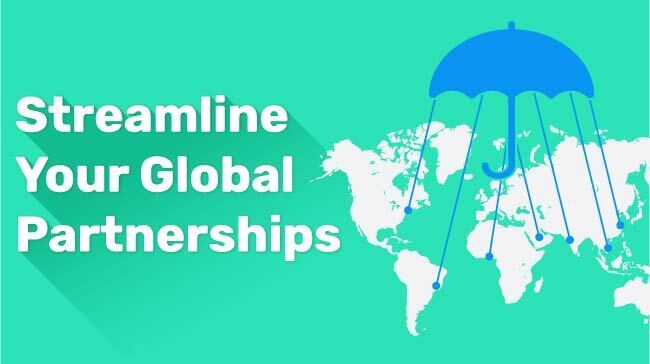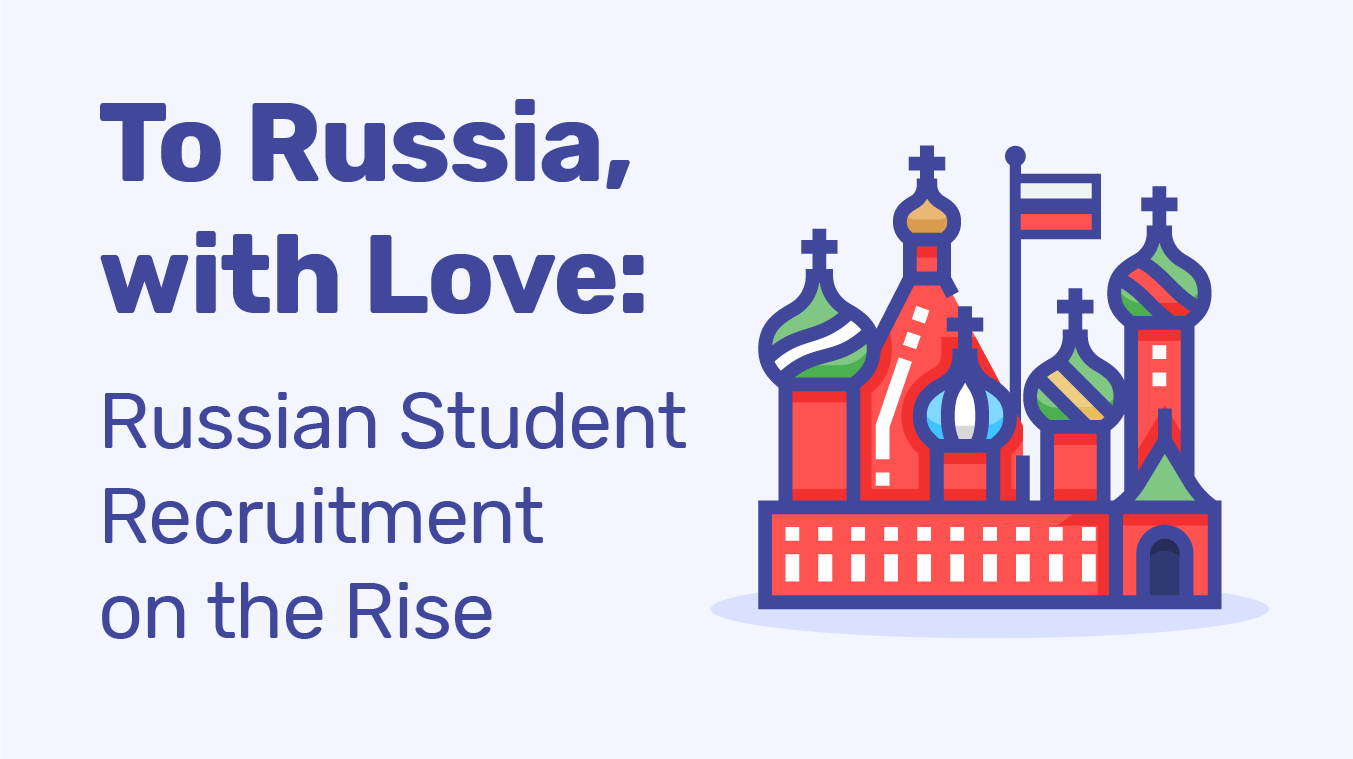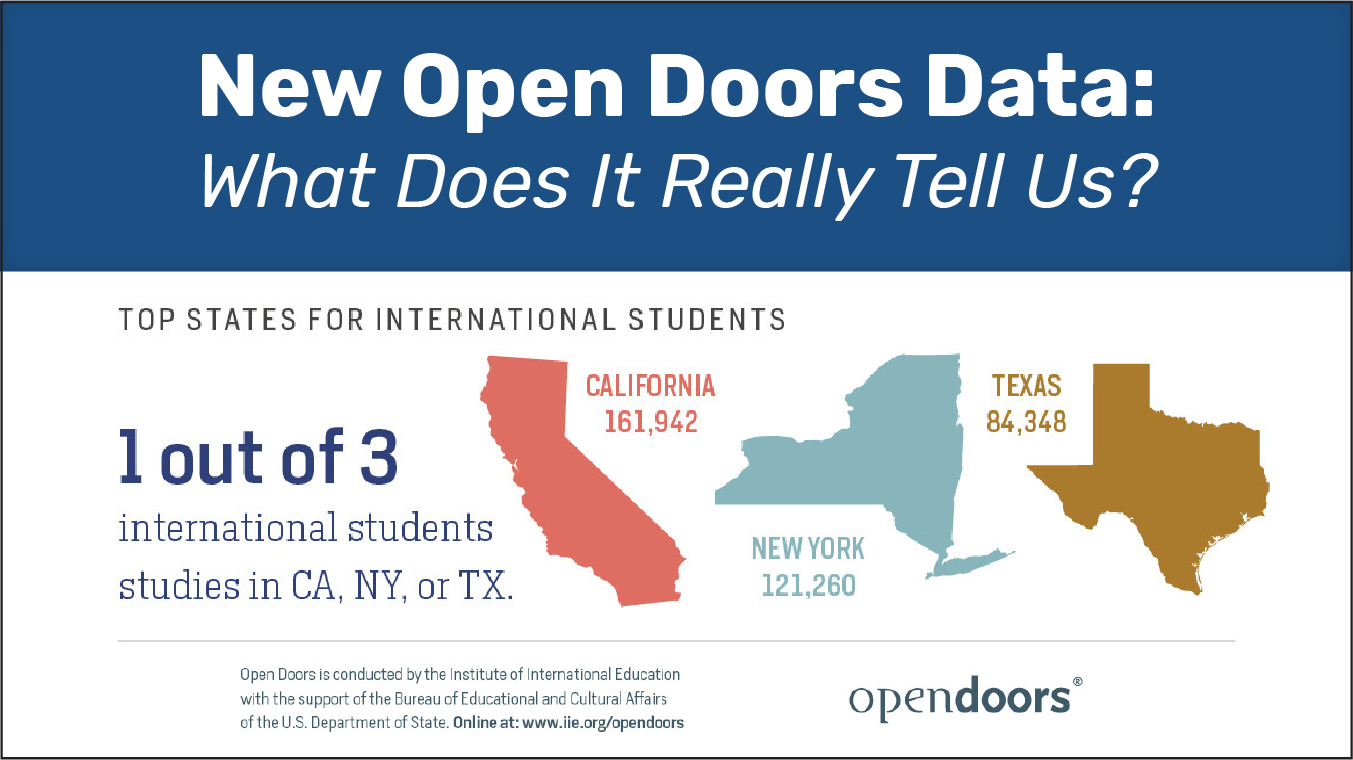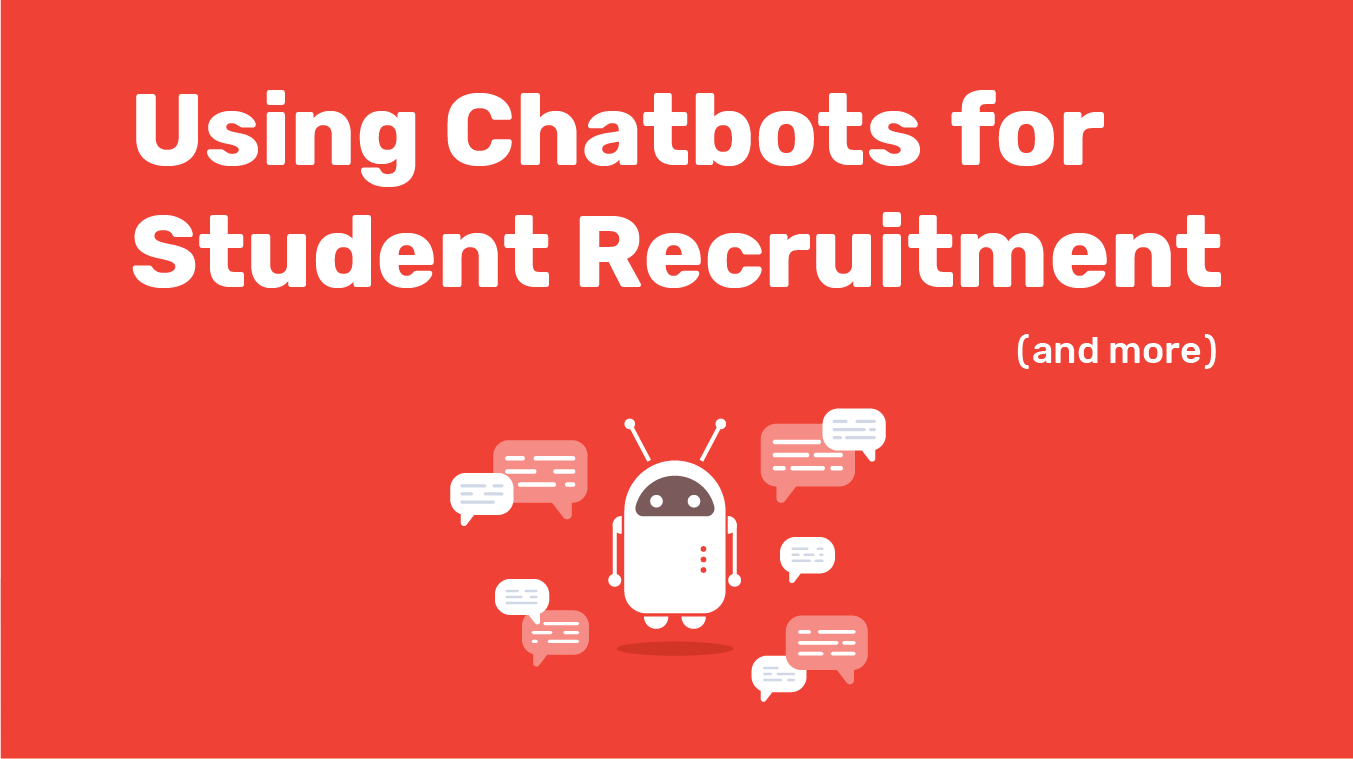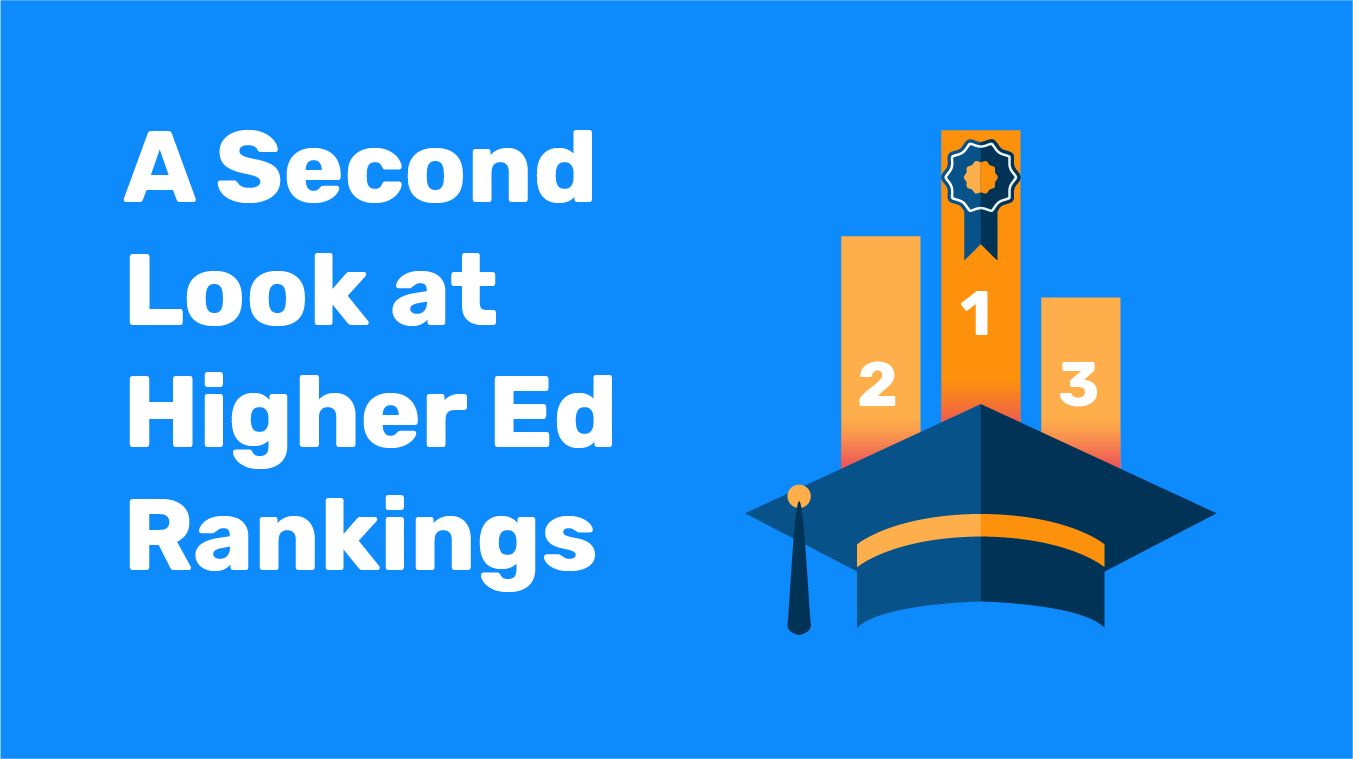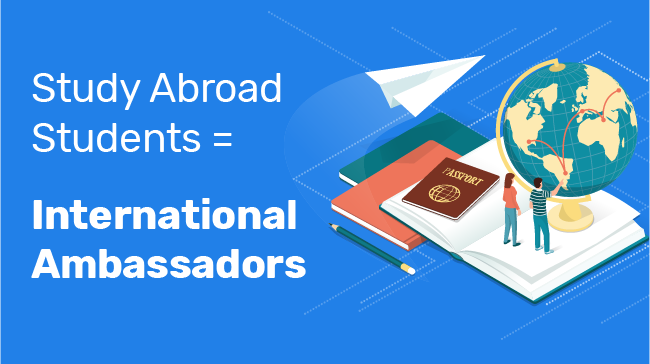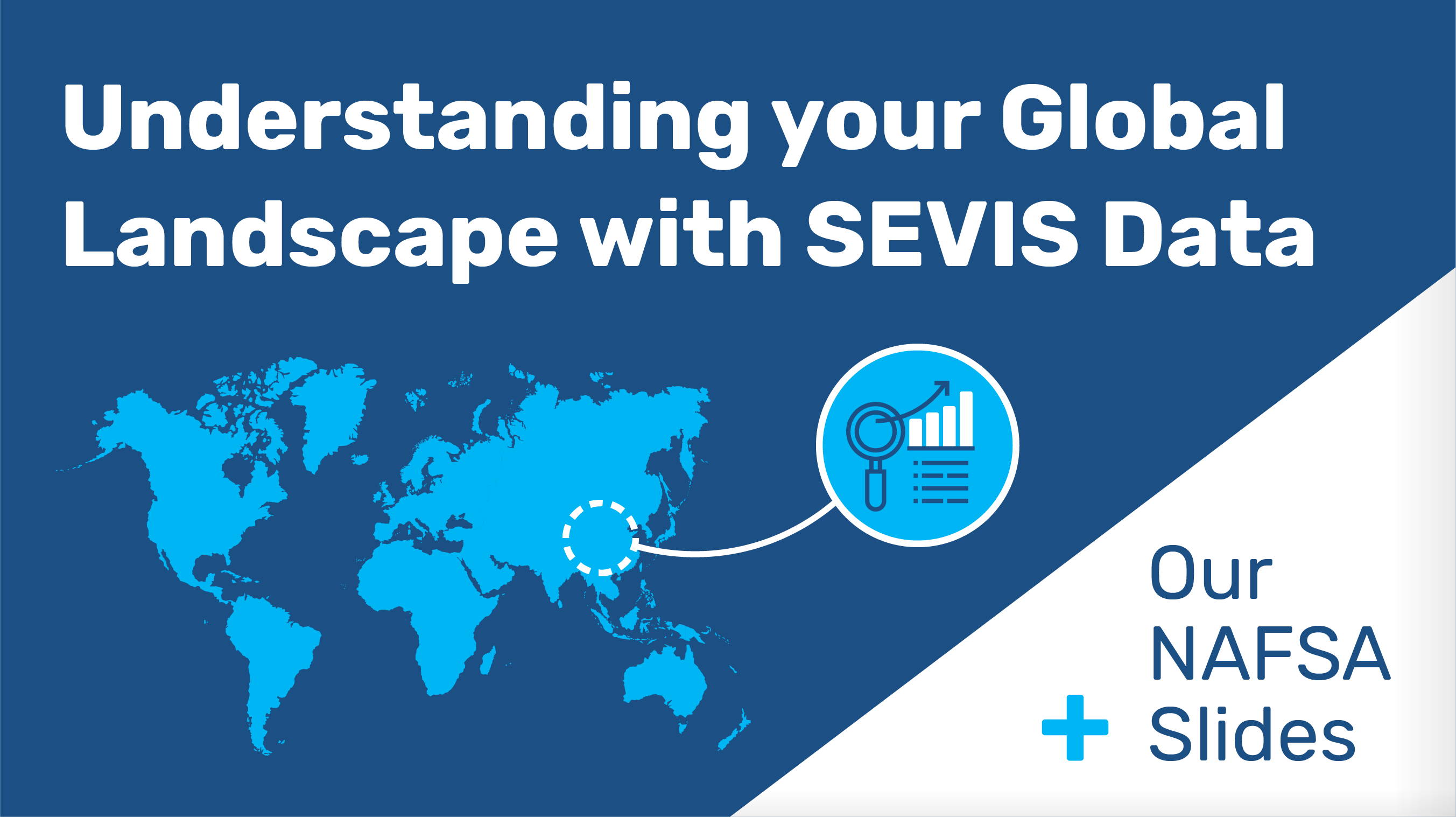How many cooks are in your international-marketing-kitchen? Many universities work with a dizzying array of partners in their efforts to reach international prospects—an endless stream of specialized contractors all working in separate silos and in different regions.
We’ve seen universities that have hired many vendors under separate contracts:
- A partner to build their international microsite
- A freelancer to write the blog copy on that microsite
- A partner to run a Facebook ad campaign in India
- A partner to run Weibo accounts in China
- A partner to run webinars in Vietnam
- A videographer to shoot student testimonials
- A graphic design firm to design brochures
- A social media manager to run their WeChat account
- A market research company to provide yearly research reports
- An SEO specialist to help with paid search in Latin America
- An agency to create the annual viewbook
Zzzzzzzzzzzzzzzz…sorry, we dozed off there. It makes us tired just to write out this list. And we didn't even include the many agent contracts most universities sign in their primary target countries.
Does international student recruitment have to be this distracting and exhausting ?
Read on for our advice on streamlining and helping you get back to your real job...
Read More
